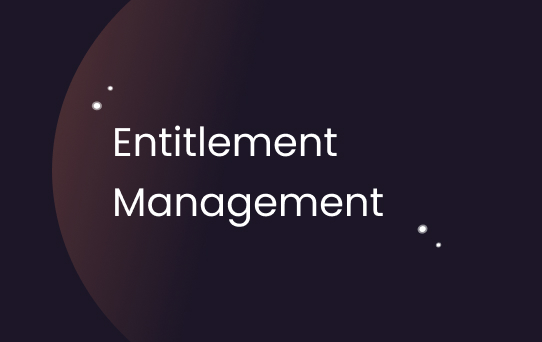What is Entitlement Management?
Entitlement Management refers to the process of establishing, enforcing, and maintaining access rights within an organization’s systems or applications. It forms a key part of Identity and Access Management (IAM) procedures setting out who has access to what, under what conditions, and when they should have that access. In essence, it controls what an authenticated user is entitled to do.
Why Entitlement Management Exists?
The necessity of Entitlement Management exists to control system and data security, enforce compliance, and streamline user access experiences. With the rising complexity and scale of systems, organizations need granular control over user permissions to safeguard their data and resources. Additionally, regulatory requirements demand an accurate and timely accounting of who has access to what data, reinforcing the need for systematic entitlement management.
Who Needs Entitlement Management?
Any organization that uses digital systems for storing sensitive data or conducting crucial operations needs Entitlement Management. This spans a broad spectrum including government departments, healthcare facilities, financial institutions, and private corporations. Furthermore, cloud and SaaS providers, who need to ensure secure access to their platforms, would also benefit from efficient entitlement management.
How is Entitlement Management Used?
Entitlement Management is used to create security measures that restrict and manage users' access to an organization's data or devices. It's often executed through creating roles with specific access rights, and then associating these roles with users or groups of users. Constant reviewing and updating is crucial, only permitting necessary, least privilege and just-in-time access to any given individual to safeguard against cyber threats.
Entitlement Management in the Context of Cloud Infrastructure and SaaS
In the era of cloud computing and Software as a Service (SaaS), Entitlement Management has taken on even greater significance. The remote access nature of these services amplifies the need for strict access control. Furthermore, as many organizations are adopting DevOps practices, the demand for efficient management of users' entitlements across various development, testing, and production environments has multiplied. With this being a prevalent model in today's digital landscape, Entitlement Management's relevance has indeed become universal. Solutions in this space are usually referred to as CIEM or Cloud Infrastructure Entitlement Management.








